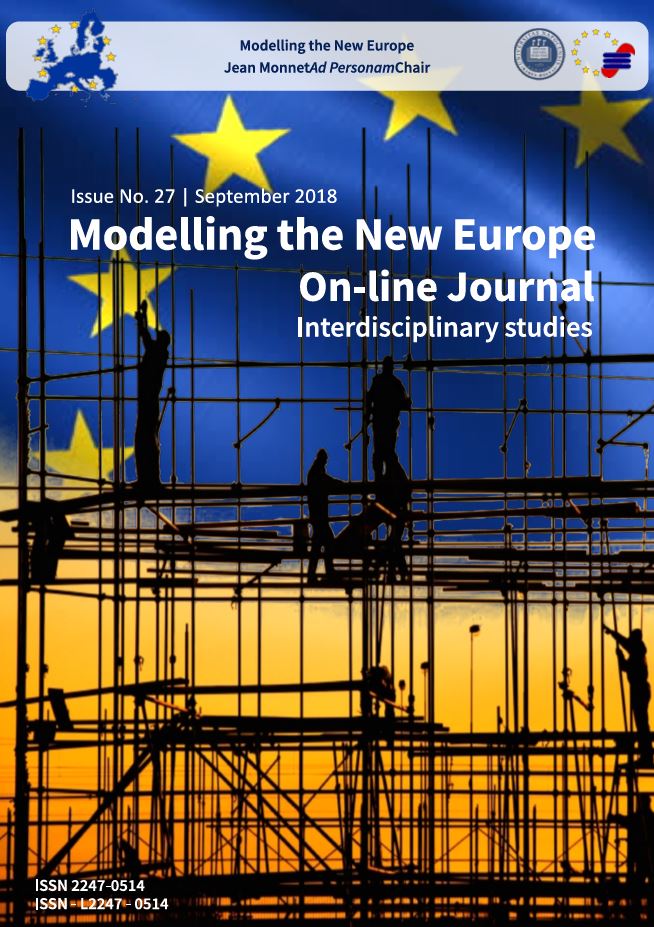QUO VADIS EXTERNAL TRADE POLICY OF THE EUROPEAN UNION? EXPORTING ITS OWN VALUES OR BEING A POINTGUARD WITHIN THE MULTILATERAL TRADING SYSTEM?
QUO VADIS EXTERNAL TRADE POLICY OF THE EUROPEAN UNION? EXPORTING ITS OWN VALUES OR BEING A POINTGUARD WITHIN THE MULTILATERAL TRADING SYSTEM?
Author(s): Elif Dağdemir UçkanSubject(s): Economy, International relations/trade, EU-Approach / EU-Accession / EU-Development, Geopolitics
Published by: Facultatea de Studii Europene -Universitatea Babeş-Bolyai
Keywords: European Union and World Trade Organization; European Union and Multilateral Trading System; European Union and Doha Development Agenda; External Trade Policy of the European Union;
Summary/Abstract: European Union (EU) has a very distinctive status within the multilateral trading system and thus is foundworthwhile to examine in many respects. It has been not only a prominent actor and a contributor of themultilateral trading system since the fundamentals of the system were set by the General Agreement on Tariffsand Trade (GATT) but also the chief executer of its own preferential trade relations compatible with the GATTand its successor, World Trade Organization (WTO). External trade policy has always been one of theprivileged common policies of the EU and commitment to the multilateral trading system has constituted thecore of it.Upon the pending of the Doha Development Agenda (DDA), the EU has paved the way to deepen its traderelations with the other prominent actors of the multilateral trading system, namely the US, Canada, Japan andSouth Korea. These nouveau trade relations do not simply embrace trade but also investments, services,competition, etc. and thus favorably referred to new-age partnerships. Essentially, they constitute the pillars ofthe EU’s new-born Trade for All Strategy.Then, here come two inter-linked, substantial questions: Does the new external trade policy of the EU that isfigured out by the Trade for All Strategy in general and the new-age partnerships in particular, compatible withthe multilateral trading system? Would the EU by-pass the multilateral trading system and export its own valuesvia new-age partnerships or be a point guard in the enhancement of the system? The aim of this paper is tomake a contribution in responding these substantial questions.
Journal: Online Journal Modelling the New Europe
- Issue Year: 2018
- Issue No: 27
- Page Range: 183-200
- Page Count: 18
- Language: English

